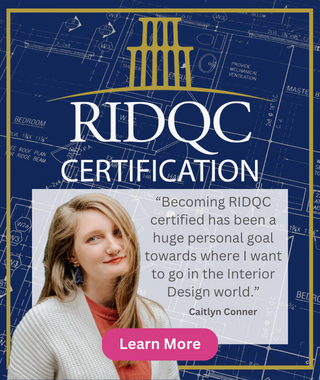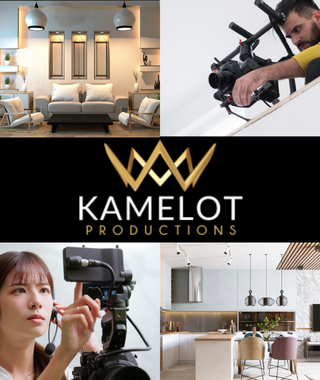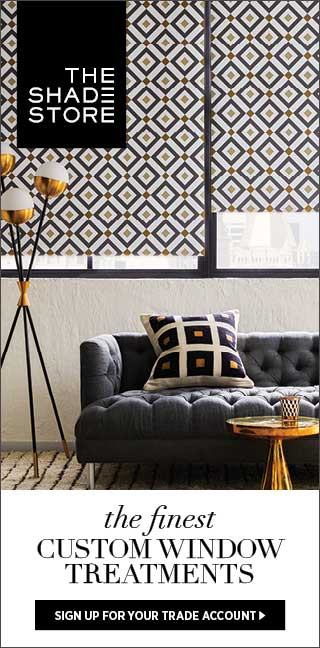
Protecting Your Interior Design Business
Pen-Ex Insurance Brokers and Villanova Insurance Partners have partnered with DSA to create DSAinsure, a policy specifically designed for interior designers. They offer services to quote, bind, issue, and settle claims under one roof—no waiting for third-party approvals. In addition to this, they provide in-house attorney services for contract advice.
DSAinsure insurance provides interior design insurance with your business needs in mind.
There's no need to work tirelessly on building your business and completing a project successfully without wanting to protect that investment. This is why interior designer's insurance can be quite beneficial. It's an invaluable way to protect your business and your projects, and that's why the Designer Society of America (DSA) is excited to offer DSAinsure.
Insurance Is a Must
“Who needs interior designers' insurance?” you ask.
The answer: You!
If your work involves the following, we recommend having interior design insurance:
• Assisting clients with design services.
• Working with contractors and subcontractors.
• Designing areas without 24-hour supervision.
• Displaying at tradeshows.
• Receiving goods for clients.
• Ordering for clients.
Insurance protects you, your business and your family assets. Interior designers who assist clients in making their indoor spaces safe, more functional and aesthetically pleasing should have professional and general liability insurance.
Obtaining insurance for interior designers is a great way to protect your assets while continuing to provide dynamic and unique consultation to your clients. It will also help raise your professional status, and interior designers are encouraged to display their insurance logo and share this information to help set your services apart from your competitors. Clients will feel secure knowing that your business carries insurance.
For more information on DSAinsure and to get a quote today, visit Interior Design Insurance
Scroll down for insights on
Finding The Right Photographer
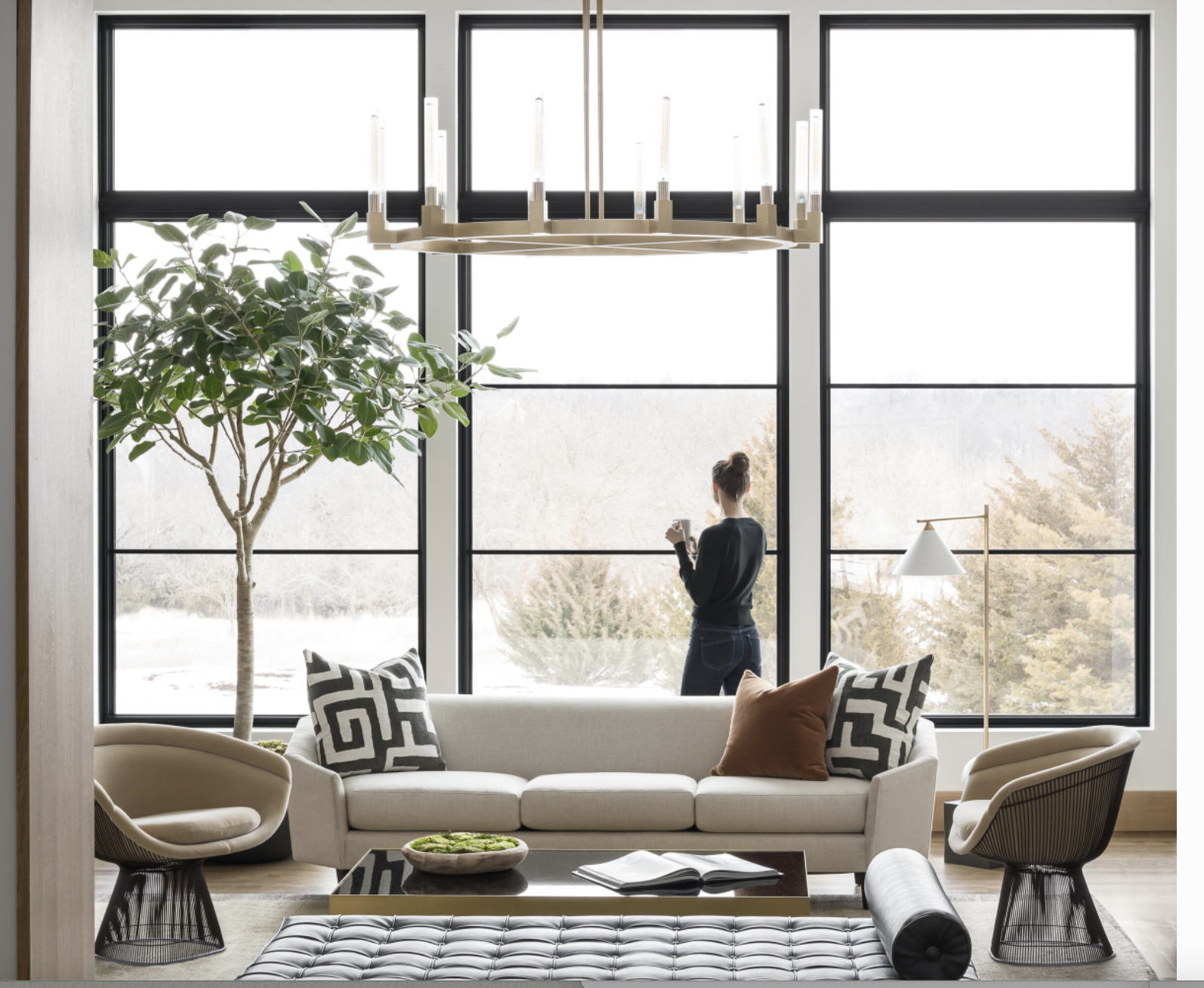
Finding the Right Photographer - Insights from Jane Dagmi
By Lindsay Field Penticuff
One of the last things you want to deal with after creating a beautiful interior design project is to highlight the success of a project by snapping poor photos of your work, especially if it's on a project that needs to be shared publicly.
This is why it's incredibly important to be mindful when selecting a photographer to help highlight your work, and to make sure you have the correct permissions from an owner to use the photography.
Jane Dagmi, Managing Director of High Point x Design, which is the new movement to bolster High Point's global cred as a year-round creativity, design and innovation hub, and former Editor-in-Chief at Designers Today magazine, says the first step is finding the best photographer for your specific project photo shoot.
“Instagram can be a great place to do your research,” Dagmi says. “Find a few designers whose portfolios you admire and see who they are crediting with photography. Also, look at national and regional magazines, and see who's shooting for whom and start collecting names.”
She also recommends checking with your peers and other interior designer professional Facebook and Clubhouse communities.
Once you've narrowed down a few options, make sure you do a little more digging regarding the type of work someone has done in the past. “Determine why you're attracted to their work,” Dagmi says. “Are there lots of white, bright and airy photos or are they color-saturated? What about the angles?”
She suggests checking to see if they've ever had their work published before as well and see what other designers they've worked with, especially if you're interested in a referral.
It's also important to determine whether a photographer has a certain niche. For example, if you're looking to photograph an outdoor space that you've recently designed, there are photographers who do a better job with shooting outdoor spaces.
“Outdoor photography is definitely a niche because of the lighting,” Dagmi shares. “When I used to go on photo shoots, exterior photography required getting up very early in the morning or waiting till late in the day.”
Once you've determined who you'd like to work with, make the call, especially if you have a timeline in mind for when you want the photos taken, because good photographers book up quickly.
Dagmi says to also go ahead and work on your shot list. “And determine if this is more than a day shoot. Hiring a stylist may also help keep it moving.”
After a shoot, there is some post-production needed, but turnaround should be within the week.
So, how much should you plan on spending? Fees for photographers can vary depending on their expertise and experience, in addition to the type of project. For the most part, photographers work on a day rate, plus expenses, which may include an assistant. This could start at about $1,500.
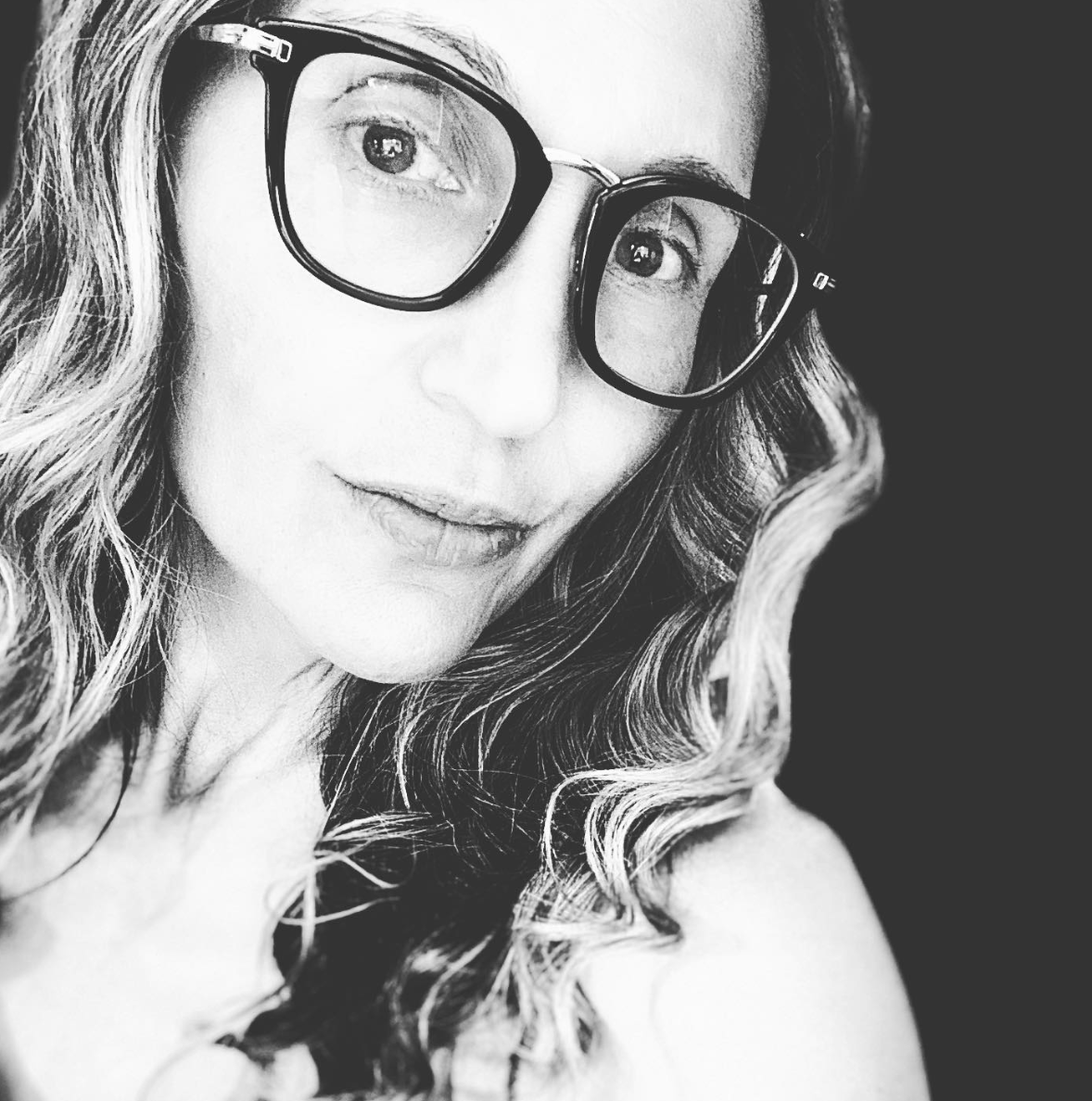
Dagmi recommends contracting with a seasoned professional for big shoots for your portfolio or publications, then possibly hiring an intern to help with social media or less important shoots. They tend to work on hourly rates.
When all is said and done, though, make sure you're getting what you need and that you'll be able to use the images for your website, social media, blogs and magazine submissions.
Also be sure there's language (or a clause) in your client's contract regarding photography, as a homeowner or business owner may not want their design project photographed.
Seth Kaplowitz, founding partner with the
Kaplowitz Firm, recently shared in a Designers Today magazine article that they tell clients to make sure a photography/publicity clause has three basic elements: 1) the right to photograph, under conditions deemed ideal by the designer, not the client, 2) the right to commercially exploit those photographs across all forms of media, and 3) an affirmative obligation on the part of the client to give attribution to the designer in the event that client has the project published.
“In general, if you have a valid contract, the rights and responsibilities set forth in that contract are enforceable, Kaplowitz says. “So, if your client has agreed that you have the right to photograph, in very general terms, that is a right that you are entitled to pursue.”
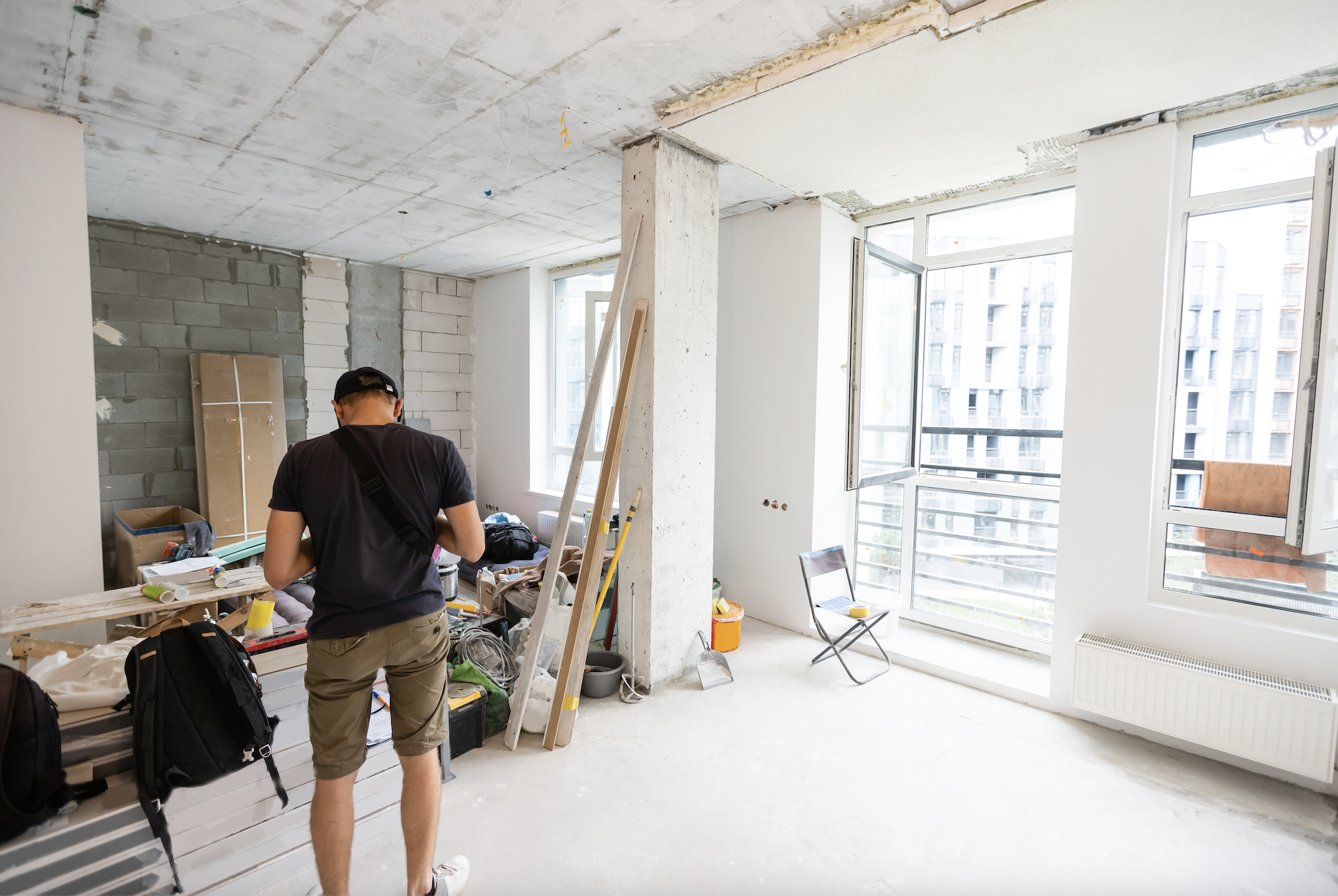



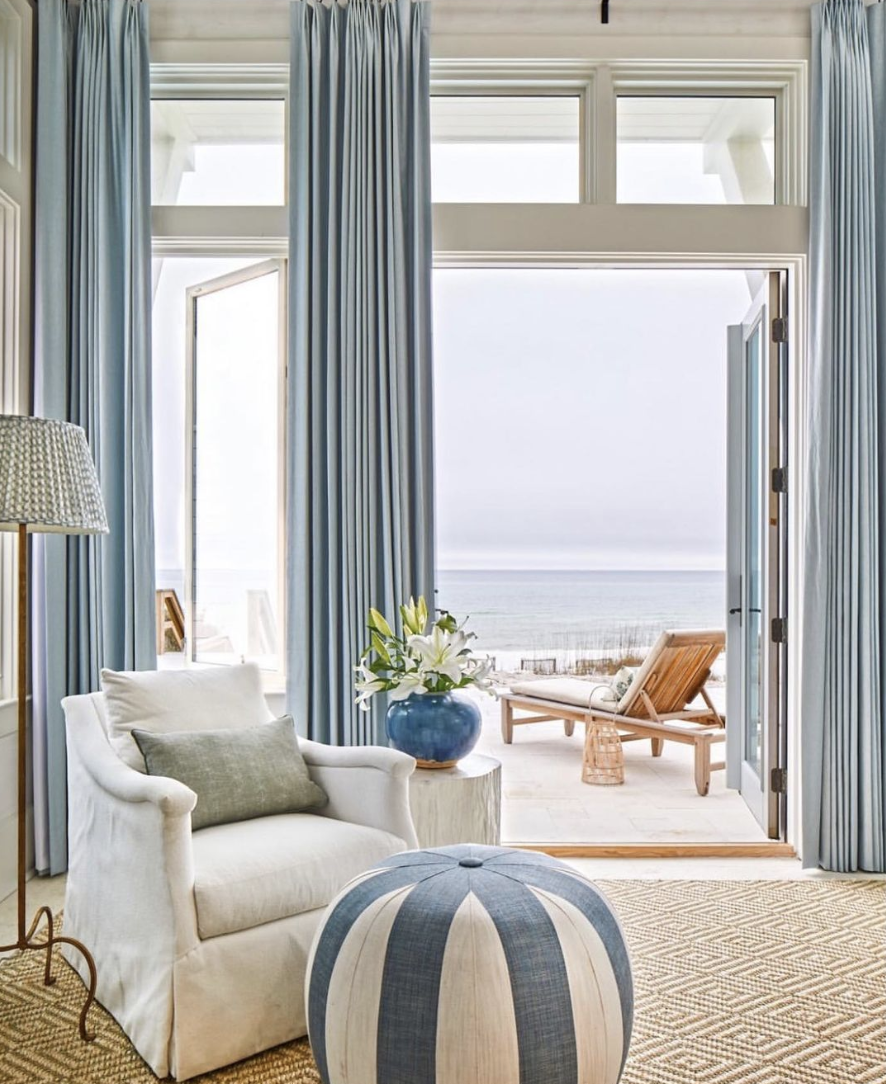
 Dagmi recommends contracting with a seasoned professional for big shoots for your portfolio or publications, then possibly hiring an intern to help with social media or less important shoots. They tend to work on hourly rates.
Dagmi recommends contracting with a seasoned professional for big shoots for your portfolio or publications, then possibly hiring an intern to help with social media or less important shoots. They tend to work on hourly rates.
